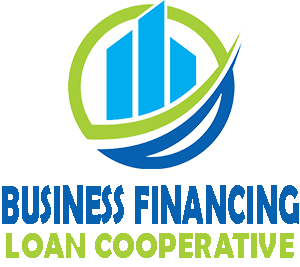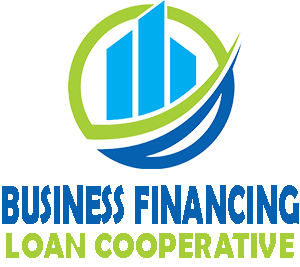Invoices are important to your business. You’ll be paying invoices to your suppliers, but you’ll also be submitting invoices to your customers. Understanding what goes on an invoice will help you be more successful. Incomplete business statements create confusion. Your customers may not understand what they owe if your invoices aren’t well-done.
What Goes On the Invoice?
The invoice documents the agreement between your business and the purchaser. For you, the business owner, it documents what you are owed. The invoice creates an account receivable. For the buyer, it’s a reminder of what they owe.
The typical parts of the invoice include:
- The date when you created the invoice
- Names and addresses of both your organization and the customer
- Contact information of the individual who purchased the suppliers
- Description of what was purchased
- Price and quantity of what was purchased
- When the payment is due, the term of the purchase
It’s a good idea to have an internal numbering system for your invoices. You can track who has paid and who hasn’t using those numbers. Your buyers can put that number in their system to track which invoices have been paid and which haven’t.
The more detail you provide, the better. Using a template to keep that information organized is a good way to present each section to make it easier to read. Most bookkeeping software programs have an invoice built into the program, but you can also find some basic templates in Microsoft Office products.
Be Clear and Concise
Clearly describe the products and services on your invoice. Label everything you’re charging the customer for because you don’t want any confusion. Make sure to include a business phone number to let your customer contact you quickly if there is a problem.
Need financing for your business? Contact Business Financing Corporative to find out your best options.






